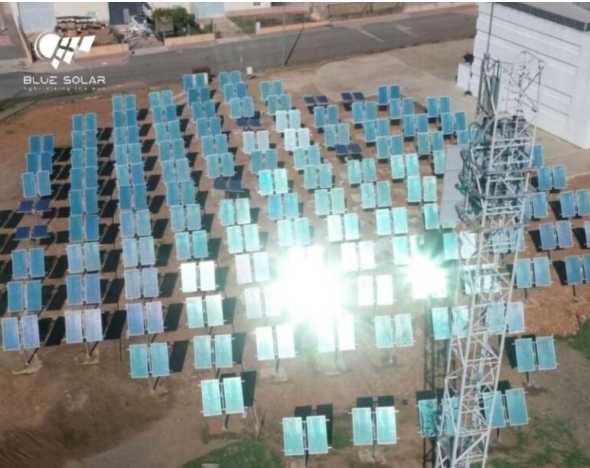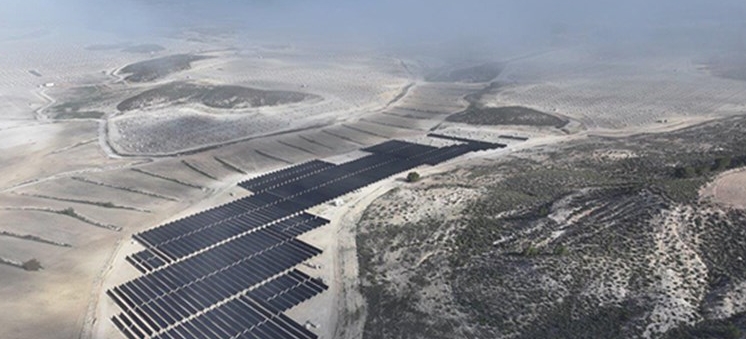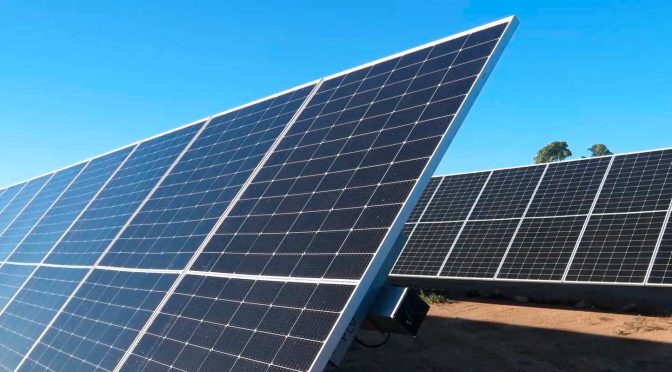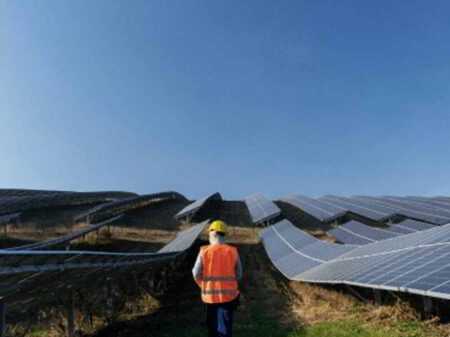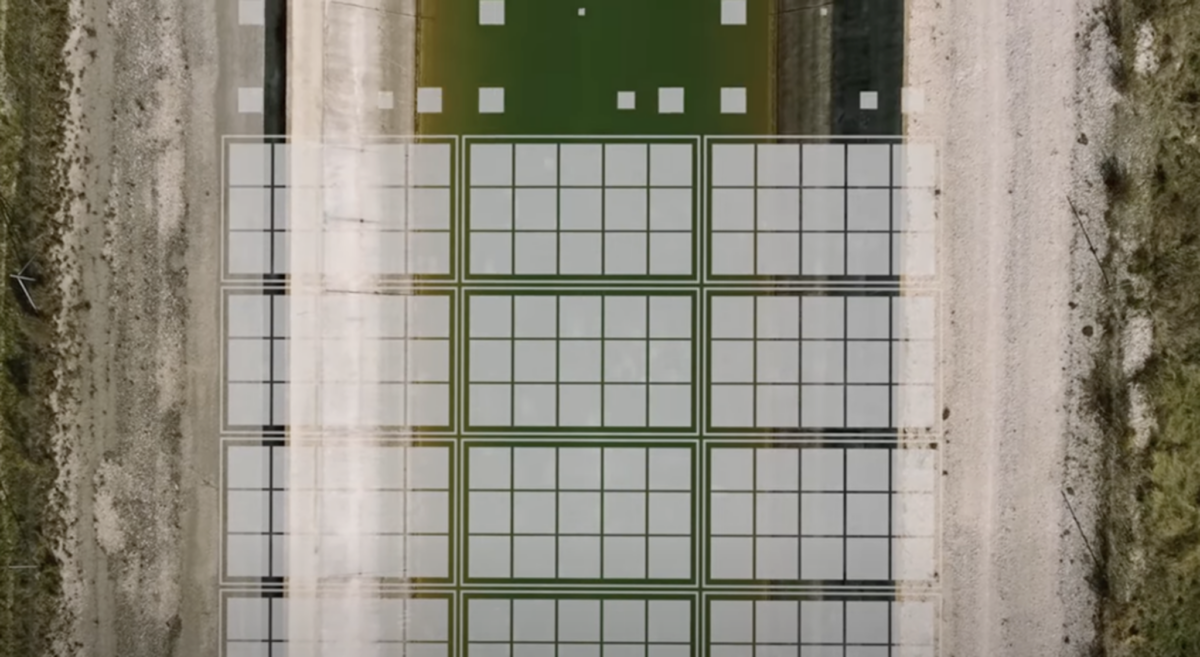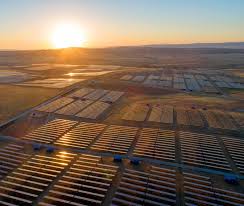The new Green Deal, so the communique, “resets the Commission’s commitment to tackling climate and environmental-related challenges that is this generation’s defining task. The atmosphere is warming and the climate is changing with each passing year. One million of the eight million species on the planet are at risk of being lost. Forests and oceans are being polluted and destroyed1 . The European Green Deal is a response to these challenges. It is a new growth strategy that aims to transform the EU into a fair and prosperous society, with a modern, resource-efficient and competitive economy where there are no net emissions of greenhouse gases in 2050 and where economic growth is decoupled from resource use.”
“The Commission has already set out a clear vision of how to achieve climate neutrality by 20505 . This vision should form the basis for the long-term strategy that the EU will submit to the United Nations Framework Convention on Climate Change in early 2020.
To set out clearly the conditions for an effective and fair transition, to provide predictability for investors, and to ensure that the transition is irreversible, the Commission will propose the first European ‘Climate Law’ by March 2020. This will enshrine the 2050 climate neutrality objective in legislation. The Climate Law will also ensure that all EU policies contribute to the climate neutrality objective and that all sectors play their part.
The EU has already started to modernise and transform the economy with the aim of climate neutrality. Between 1990 and 2018, it reduced greenhouse gas emissions by 23%, while the economy grew by 61%. However, current policies will only reduce greenhouse gas emissions by 60% by 2050. Much remains to be done, starting with more ambitious climate action in the coming decade.
By summer 2020, the Commission will present an impact assessed plan to increase the EU’s greenhouse gas emission reductions target for 2030 to at least 50% and towards 55% compared with 1990 levels in a responsible way. To deliver these additional greenhouse gas emissions reductions, the Commission will, by June 2021, review and propose to revise where necessary, all relevant climate-related policy instruments (A Clean Planet for all – A European strategic long-term vision for a prosperous, modern, competitive and climate neutral economy COM (2018) 773).
This will comprise the Emissions Trading System6 , including a possible extension of European emissions trading to new sectors, Member State targets to reduce emissions in sectors outside the Emissions Trading System (including, the regulation on land use, land use change and forestry). The Commission will propose to amend the Climate Law to update it accordingly.”
So what does this mean for geothermal energy? The answer is complicated, yet simple … it is all about the heat. To achieve the ambitious carbon emission targets and neutrality by 2050, the heating sector is crucial. With the emissions presented by other energy sources, such as natural gas, biomass and related, the search for an alternative is already going on. The more one talks to industry players, such as the heat utilities, geothermal energy seems to be the key theme. Only geothermal heating can help achieve the goals presented by the EU commission. So it is no surprise that we hear more and more about geothermal heating projects being looked at, e.g. in Helsinki/ Finland, Copenhagen/ Denmark, Munich/ Germany, Paris/ France, the Netherlands and and and …
In this context, ThinkGeoEnergy and its partner Enerchange will adapt the program of the 3rd IGC Invest Geothermal event to be held 26 March 2020 in Frankfurt. This geothermal investment forum held in the center of Europe’s financial sector, will be focusing on important elements of investing in geothermal energy development, such as risk mitigation, early stage financing, market overviews, due diligence and financing tools.
It provide a platform for geothermal industry leaders and international investors, including private equity, infrastructure, debt, institutional investors and public equity funds, as well as public funding partners such as development banks, funds and institutions. It is set up to help increase awareness among investors and the geothermal energy industry to educate about opportunities and challenges of investments in energy infrastructure development globally.
